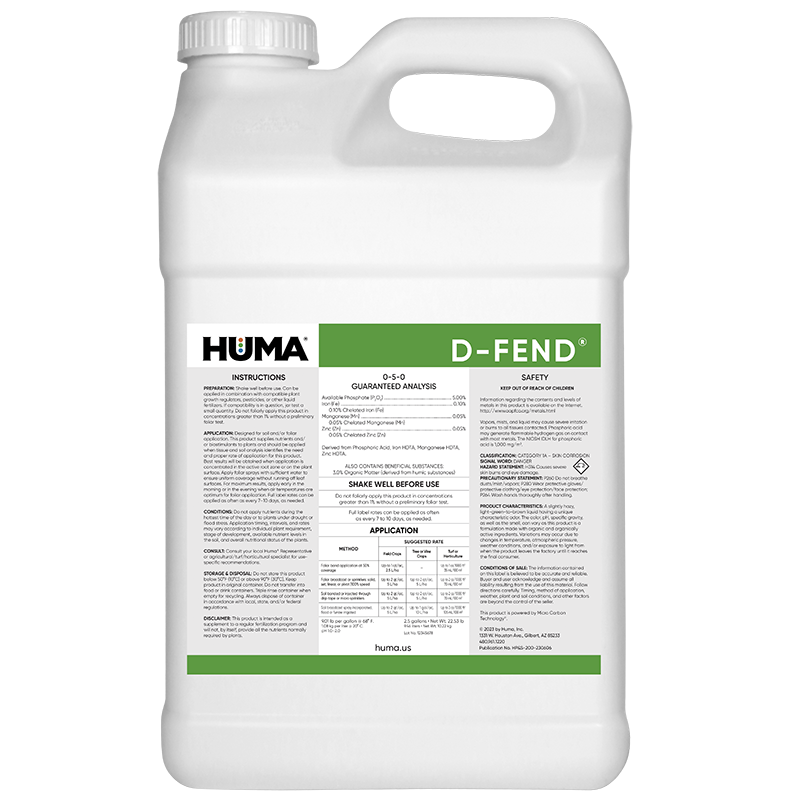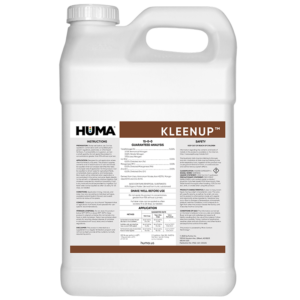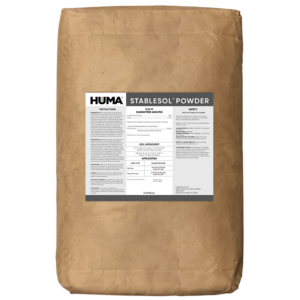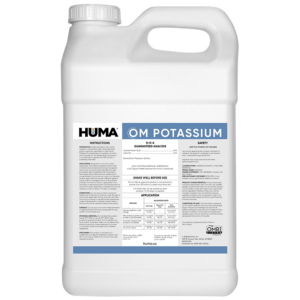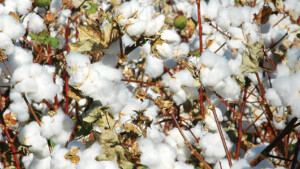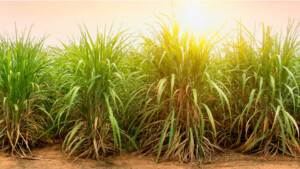D-FEND
Benefits of Use:
- Provides essential plant nutrients
- Nutrients plus natural oils and extracts improve plant tolerance of environmental stresses
- Tank-mixes with most chemical pesticides
- Delivers maximum performance with no negative environmental impact
- Can be used to carry any combination of Huma® nutrients
- Minimizes leaf burn or phytotoxicity associated with foliar nutrient sprays
Deficiency Symptoms—When to Apply:
- Plants weakened due to stress/disease
- Nutrients not being absorbed by plant
- Yellowing of leaves
- Early decay of plants
FAQs
Related Products
Related Case Studies

X-Tend® B With Micro Carbon Technology® Improves Barley Yield and Net Income: Year 2
Objective Determine the effect on barley yield of adding Huma® X-Tend® B to split applications of different rates of nitrogen fertilizer. Background Enhanced Efficiency Fertilizer (EEF) additives improve crop production. Humates have been shown to improve crop yield. The Huma® EEF additive X-Tend® B is a concentrated Micro Carbon Technology® product with high levels of

Huma® Breakout® Improves Blueberries Yield in Northwest, With Increased Yield and ROI of 7:1
Background Oregon is one of the top blueberry producing states. Increasing blueberry production in an economical way with a high return on investment will significantly benefit blueberry growers. Breakout®, a yield-enhancing product, has increased the yield of fruit producing crops such as tomatoes. Objectives This field study aimed to test the effects of Huma® Breakout®on

Effects of Huma® Products on N & P Stabilization in Sandy Soil
Objective To demonstrate the effects of Huma® products X-Tend®, Fertil Humus®, Fertil Soil®, and Zap® on the reduction of nitrogen and phosphorus leaching in Immokalee sandy soils. Background The leaching of nitrogen and phosphate fertilizers presents an ongoing problem in Florida soils. Agricultural amendments that reduce leaching when applied to soils or when mixed with
Related Blog Posts
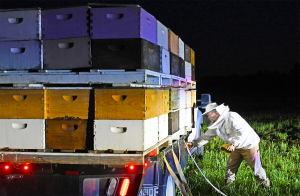
This Week in Ag #38
When you’re carving your Halloween pumpkins this week, be sure to thank a bee. That’s because pumpkins are not self-pollinating plants. Unlike cotton and soybeans, where pollen produced within a flower fertilizes the ovary of the same flower on the same plant, pumpkins have specific male and female flowers across their vines. So they need bees to carry pollen between the flowers. Pumpkin growers will rent bee colonies during the growing season to ensure better pollination and higher yields.

Federal Crop Insurance: A Safety Net for Farmers or a Profit Tool?
This Week in Ag #105 - You can’t live without insurance these days. You can’t get a home mortgage without it. Nor can you legally drive without it. And if you’re a corn or soybean grower, you really can’t farm without it. That’s why over 90% of commodity crop acres are insured with Federal Crop Insurance. But FCI is anything but a normal insurance policy.
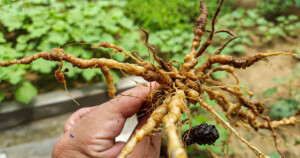
Nematodes: Friends, Foes, or Both?
During field visits, I often come across people who ask – what exactly are nematodes? More often than not, many of them associate nematodes with everything bad that happens to their crops. Is this true? We’ll get into that too, but first, what exactly are nematodes? Nematodes are invertebrate worms that have been around

